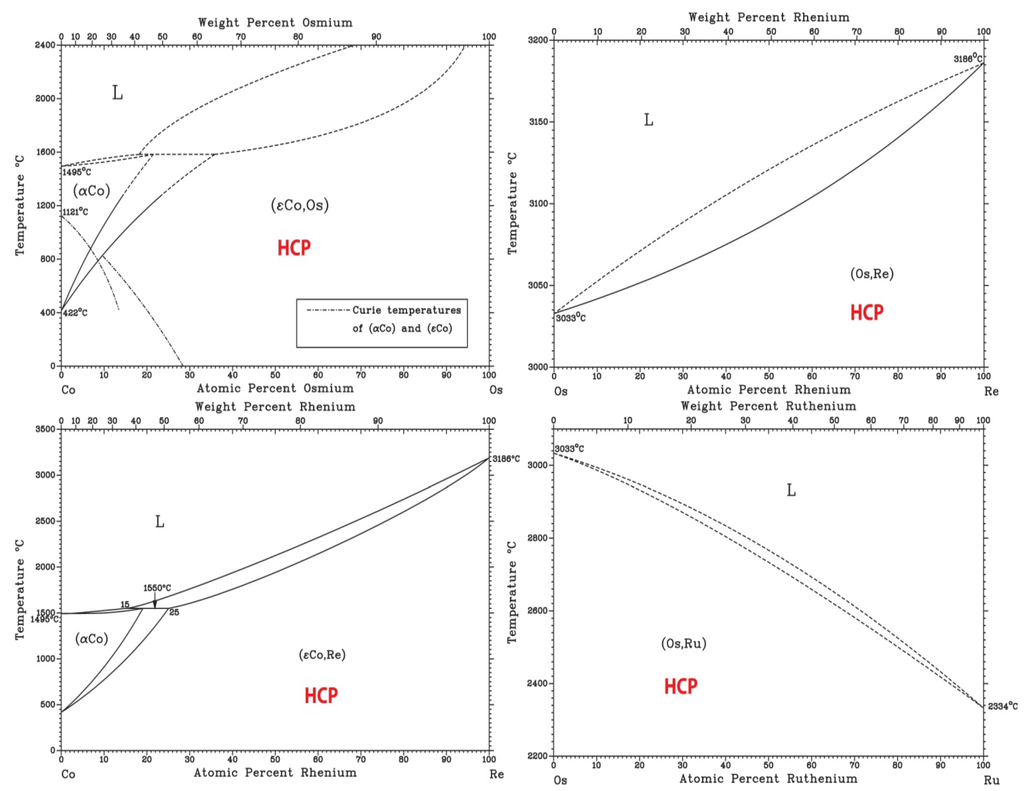
Since 2017, he is group leader of the printed electronics group and of the high-entropy materials group at the INT (KIT). In 2013, he obtained his PhD from the KIT, and then joined the Battery and Electrochemistry Laboratory (BELLA) in 2014. His research focuses on next-generation battery materials for energy storage and polymer-templated mesostructured metal oxide thin films.īen Breitung is currently working on his habilitation project at the INT (KIT) with Prof. Since 2012, he is laboratory manager of the KIT/BASF SE Battery and Electrochemistry Laboratory (BELLA) and group leader at the INT (KIT). Tolbert at the University of California, Los Angeles, he joined the faculty of the Department of Biology and Chemistry at the Justus-Liebig-University Giessen as an independent group leader in 2008. Torsten Brezesinski obtained his PhD from the Max Planck Institute of Colloids and Interfaces/University of Potsdam with Prof.

Prior to this, he obtained his Master's degree from the Northwest Normal University in 2015, where he investigated the noncovalent interaction for organic supramolecular chemistry. Passerini from the Helmholtz Institute Ulm/KIT, studying metal oxide/sulfide-carbon composites as electrode materials for Li-, Na-, and Zn-ion batteries. In 2019, he completed his PhD in Physical Chemistry with Prof. Yuan Ma is currently a postdoctoral researcher at the INT (KIT), where he develops coating strategies for cathode materials for all-solid-state battery applications. Wang, studying nanomaterials and their application as electrocatalysts. Prior to this, she obtained her Master's degree from the Northwest Normal University in 2015 under the supervision of Prof. Bresser from the Helmholtz Institute Ulm/KIT, investigating nanostructured materials for alkali-ion batteries. In 2019, she completed her PhD in Physical Chemistry with Prof. Yanjiao Ma is currently a postdoctoral researcher at the INT (KIT), where she is developing advanced functional materials, including high-entropy materials for various battery technologies, and mesostructured metal oxide thin films. Based on this overview, we subsequently present the fundamental insights and give a summary of their potential advantages and remaining challenges, which will ideally provide researchers with some general guides and principles for the investigation and development of advanced high-entropy materials. In addition, we describe effective strategies for rationally designing high-entropy materials from computational techniques and experimental aspects. We begin with discussions on the latest reports on the applications of high-entropy materials, including alloys, oxides and other entropy-stabilized compounds and composites, in various energy storage and conversion systems. Herein, we provide a comprehensive review of this new class of materials in the energy field. Recently, high-entropy materials, with their unique structural characteristics, tailorable chemical composition and correspondingly tunable functional properties, have drawn increasing interest in the fields of environmental science and renewable energy technology. The essential demand for functional materials enabling the realization of new energy technologies has triggered tremendous efforts in scientific and industrial research in recent years.


 0 kommentar(er)
0 kommentar(er)
